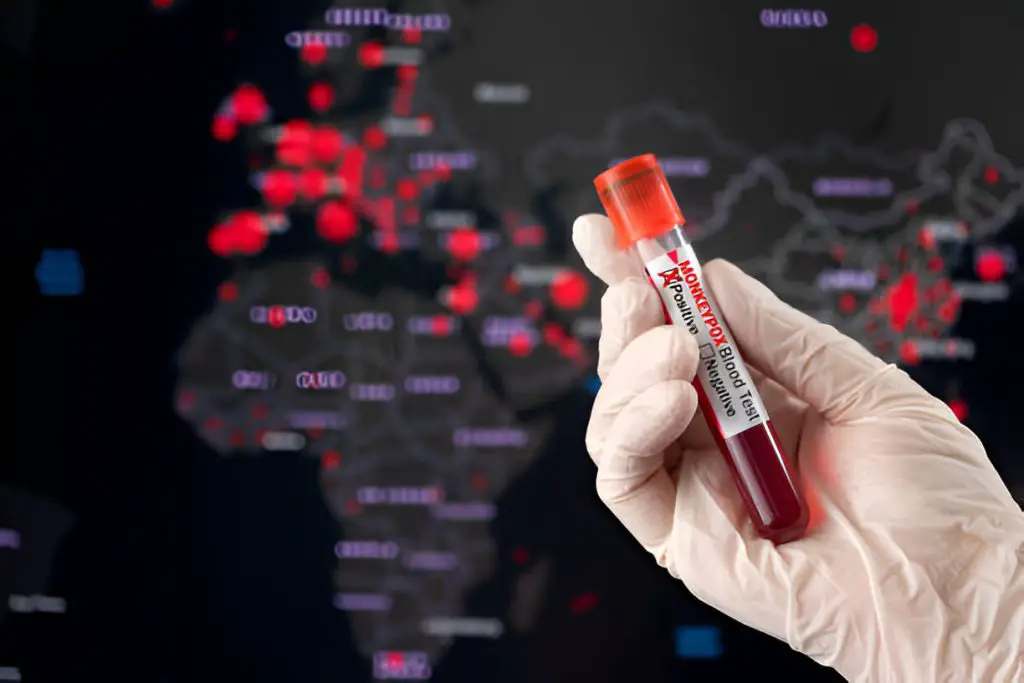What Are the Symptoms and Treatment Options for Mpox?
Mpox (Monkeypox) is a viral disease that has garnered attention due to its distinctive symptoms and modes of transmission. Understanding the symptoms and treatment options for Mpox is crucial for managing the disease effectively. This article delves into the key Mpox Symptoms and Treatment, how it is transmitted, and the available treatment options.
What Is Mpox?
Mpox (Monkeypox) is a viral infection characterized by a range of symptoms, including rash, fever, and swollen lymph nodes. The disease can vary in severity, with some individuals experiencing mild symptoms while others may develop severe disease.
Mpox Symptoms and Treatment
The symptoms of Mpox typically appear within a few days to a couple of weeks after exposure to the virus. Common symptoms include:
- Rash One of the hallmark symptoms of Mpox is a rash that can appear on various parts of the body. The rash often progresses through several stages, starting as flat red spots and eventually forming blisters and scabs.
- Fever Fever is another common symptom of Mpox. It often accompanies other symptoms such as chills, headache, and muscle aches.
- Swollen Lymph Nodes Swollen lymph nodes are a key indicator of Mpox. This symptom can help differentiate Mpox from other viral infections.
- Chills and Headache In addition to fever, individuals with Mpox may experience chills and headache, contributing to overall discomfort.
- Muscle Aches and Fatigue Muscle aches and fatigue are also common symptoms, making it difficult for affected individuals to carry out daily activities.
Transmission of Mpox
Mpox is primarily transmitted through close physical contact with an infected person. This includes direct contact with the rash, bodily fluids, or respiratory droplets of an infected individual. Additionally, Mpox can be spread through contact with contaminated materials, such as bedding or clothing used by an infected person.

Mpox Symptoms and Treatment
Treatment Options for Mpox
While there is no specific antiviral treatment for Mpox, managing symptoms is the primary approach to care. Treatment options include:
- Symptom Management Managing symptoms such as fever, rash, and muscle aches is crucial. Over-the-counter medications can help alleviate fever and pain, while topical treatments may be used to soothe the rash.
- Hydration and Rest Ensuring adequate hydration and rest is essential for recovery. Drinking plenty of fluids and getting sufficient rest can help the body fight off the infection.
- Medical Care for Severe Cases In severe cases of Mpox, medical care may be necessary. This can include hospitalization and supportive care to manage complications and prevent further spread of the virus.
- Preventing Transmission Preventing transmission is key to controlling the spread of Mpox. This includes practicing good hygiene, avoiding close contact with infected individuals, and using protective measures when caring for someone with Mpox.
Conclusion
Understanding the symptoms and treatment options for Mpox is essential for managing the disease effectively. Recognizing symptoms such as rash, fever, and swollen lymph nodes can help in early diagnosis and treatment. By following proper hygiene practices and seeking medical care when necessary, individuals can manage Mpox and prevent its spread. Stay informed and take proactive steps to protect yourself and others from this viral infection.
